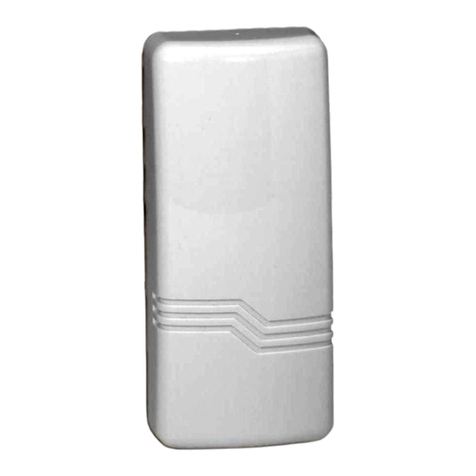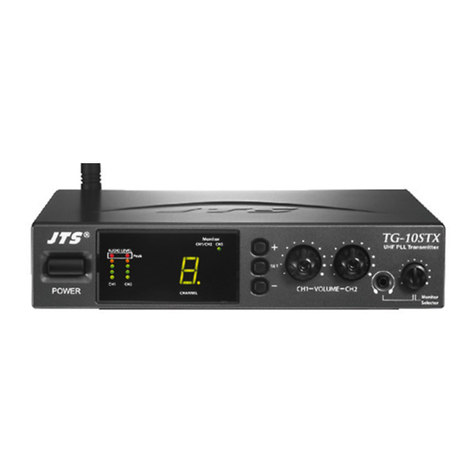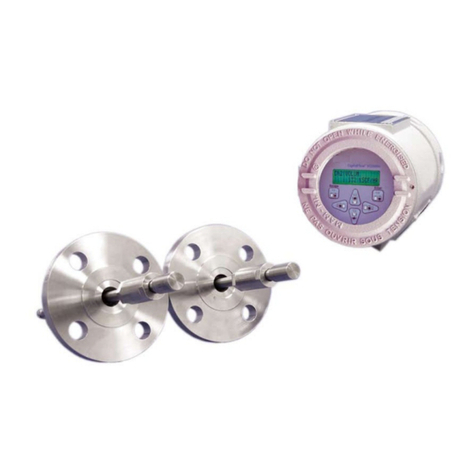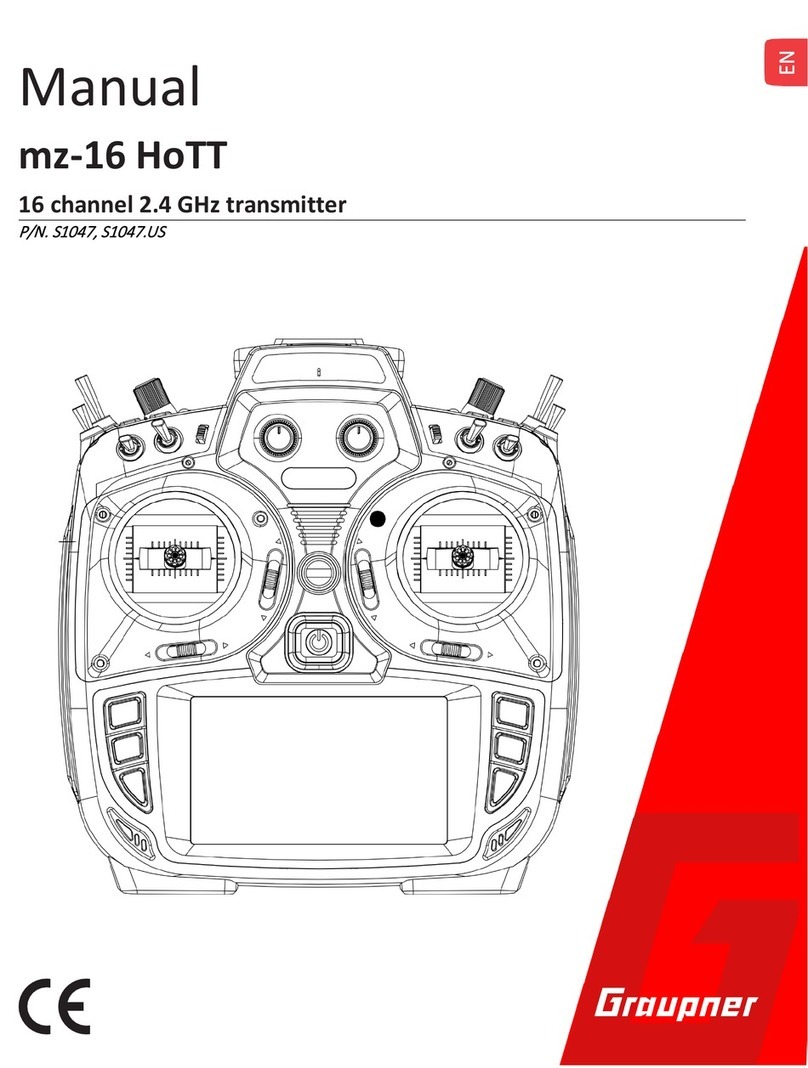Ronan Engineering X96SI/R Manual

X96SI/R Radiometric Transmitter
For Level with Density Compensation Measurement
in Process Environments
Instructions and Operation Manual
Ronan Measurements Division – 8050 Production Drive Florence, KY 41042 – USA
1

2
Revisions
11-11-18
8-14-20

Table of Contents
Chapter 1 Introduction
Chapter 3 Quick Start
Chapter 4 Installing the Level with Density Compensation Gauge
Chapter 6 Contact Information
3

Chapter 1
Introduction
4

X96SI/R Radiometric Transmitter
The X96SI/R is a family of measurement products that replaces the current X96S product fami-
lies. These products offer:
Support for all features of the current X96S products
Newer measurement techniques
Integral mounting with detector, or may be mounted remotely
Patented optical coupling which enables compatibility with a the Ronan Flex or rigid crystal
Scintillation Detector
completed easily through the user’s PC
Menu-driven operation for simple programming
Support for up to 15 scintillation detectors
State-of-the-art transmitter-based electronics provide precision gauging. Built-in intelligence
provides a range of features including:
Automatically compensates for vapor density changes, foam or gasses, process build-up
Automatic source decay compensation
Auto calibrates at multiple points
Radiation discrimination protection against x-rays
Data logging and event recording
Adjustable time constant
Ronan Transmitters provide an array of outputs including:
7UDQVLVWRUW\SH
X96SI/R Advantages Versus Previous Systems:
The new X96SI/R includes several advances:
Field mountable with the processor being integrated with the detector or installed remotely
5

Radiometric Systems
A Radiometric Measurement System consists of a gamma source and holder, detector and
transmitter. The gamma source is mounted externally to the vessel and emits energy through
the vessel walls, directed towards the detector, also mounted externally, on the opposite side of
the vessel. The gamma energy reaches the detector in an inversely proportional relationship to
the level of material in the vessel. The detector measures the amount of energy and sends a
signal to the transmitter, which interprets the signal into a measurement, and displays the infor-
web interface and on the LCD of the transmitter.
On applications where varying process densities can affect the level measurement, an addition-
al detector is added to the system to compensate for the density changes (Figure 1). The same
detector that is used for the compensation can also be used to make a density measurement.
The gauge can also compensate for non-linear responses due to unique vessel shapes, varying
wall thickness, and obstructions in the vessel.
Because the entire system mounts externally to the vessel or pipe, it can be easily installed and
-
tal release, or the need for specialty construction materials.
Interference and noise in measurement readings are eliminated because system compo-
nents do not come into contact with the process material
Component wear and maintenance are reduced because the system does not come into
contact with the conveyor and process material
System is easy to calibrate
Figure 1
6

include the following interfaces:
Integral Mount Remote Mount
The Transmitter is attached to the primary
detector
The Transmitter is mounted remotely, de-
tached from the primary detector
Optional: 2 additional Scintillation Detectors
Up to 3 Scintillation Detectors
1 Digital Output (Relay or Open Collector)
2 Relays and 2 TTL
Or 1 Relay and 3 TTL (Jumper selectable)
1 Digital Output (Relay or Open Collector)
2 Relays and 2 TTL
Or 1 Relay and 3 TTL (Jumper selectable)
2 Digital Inputs
Or 3 Digital Inputs if Scintillation is not used
2 Digital Inputs
Or 3 Digital Inputs if Scintillation is not
used
Analog Inputs
1 RTD type input
1 Analog input
Analog Inputs
1 RTD type input
1 Analog input
Analog Outputs
1 standard 4-20mA or 0 to 10 volts with an
Analog Outputs
1 standard 4-20mA
Option of a 2nd 4-20mA
Communication Options
Ethernet (Telnet or web browser)
Communication Options
Ethernet (Telnet or Web browser)
For applications that require more detectors and outputs, the X96SI/R system can be expanded
modules)
8 Digital Inputs that can be Connected to Point Detectors (acting as slaves)
4 Relay Outputs
4 Open Collector Outputs
3 4-20mA Current Loop Interface, one of which can support Factory Communications Pro-
tocols
1 USB Interface
1 LAN Interface
7

Typical Radiometric Measurement System Set-up
The following diagram shows a typical set-up of a Ronan Radiometric Measurement system
Radiometric Transmitter.
System Components
source holder to transmit the gamma ray over the measurement range. The second compo-
nent is a detector to sense the gamma ray intensity, and the third component is a transmitter to
Integral mount, the transmitter is directly attached to the detector. While the user’s application
Source Holder with Enclosed Source Capsule
A description of the source holder and source capsule is listed below.
Source Capsule
needs of each application. The source material is encapsulated
source holder. Cesium emits gamma radiation which has several ad-
vantages. Gamma radiation by Ronan products does not make the
process material radioactive, nor does it change or affect the mate-
rial as it is attenuated.
8

Ronan offers a wide variety of source holders, including the point source
holder which is mounted to the external surface of the process vessel. A
small slot in the lead shielding of the source holder focuses an active radia-
tion beam through a collimated opening, into the process vessel, and to-
ward the detector which is mounted on the opposite side of the vessel.
To ensure a safe way of closing off the active radiation beam during ship-
ping, installation and servicing, a handle with a rotating shutter is provided.
shielding the radiation beam. This can be either a rotating shutter in front of the capsule, or by
moving the source capsule away from the opening of the lead shield, or by retracting the source
rod back into the source shipping container.
When OFF, or closed, the shutter rotates in place to cover the small opening and shield the ra-
diation beam. The ON, or open, position removes the shielding from the small opening.
Detectors
The Ronan detectors are enclosed in protective housings. When radiation from the source
strikes the “active” length of the detector, a signal is generated. The active length of the elon-
gated detector corresponds to the full measurement range of interest, and is designated by
bands of tape at the top and bottom of the detector housing. Typically, the density measurement
uses a smaller active length scintillation than the continuous level measurement.
Scintillation detectors use a phototube that senses the light produced by the detector crystal,
Ronan SA-1
Ronan
FlexDetector™
9

X96SI/R Transmitter
Ronan’s X96SI/R Transmitter converts the signal from the detector
into the desired measurement and displays the results in a use-
ful format. Through its liquid crystal display screen, and pre-pro-
grammed menus, the process level is continuously monitored with
minimal operator effort. For those monitoring the system through the
web interface, live data is available at the click of a mouse.
The X96SI/R uses the CPU module X96-3001-1 for scintillation
detectors.
.
All CPU/IO module types are capable of plugging into the same slot in the X96SI/R mother-
board.
Three types of optional daughter boards are available:
Analog Input
Analog Output
Interconnect Cable
The interconnect cables provide a signal from each detector to the X96SI/R Transmitter. The
cables are supplied with a pre-wired MS connector.
Communications
and Ethernet communications.
Analog Output 4-20 mA
additional 4 - 20mA output.
®
variables to be transmitted on the 4-20mA analog signal, and additional information such as
for use by central control or other monitoring systems. Thus, a wealth of additional information
communications.
X96SI-R Transmitter
Top View
10

Ethernet – TCP/IP
The X96SI/R includes an Ethernet LAN Interface which is used to:
Collect data from the system.
Access the debugging interface (e.g. to download updated code)
Optional and Special Features
Ronan’s Density Compensated Level Monitor Systems offer a number of options and special
features. Among the features available are:
Radiological Discrimination
Alarms
Auto-Cal
Auto-Cal Validate
Radiological Discrimination
If there is a chance that on-site radiography devices will interfere with measurement output from
the Level with Density Compensation Gauge, the radiological discrimination feature can be en-
abled. This feature protects the gauge from interruptions caused by external energy sources.
11

Alarms
-
sity, detector counts, detector head temperature, and other analog type signals to any of the
eight alarms. The alarms allow the user to determine if it will trip on a high set point or a Low
Besides the alarms, there are built in alarms such as system failure, detector fault, AutoCal in
progress, Auto Cal Failed to Calibrate, Shutter Test, Wipe Test and others that can be assigned
of your application. Various alarms are set to trigger when certain events occur, such as when
the process level gets too high or too low, or the head temperature reaches a certain level.
your documentation packet or go to the Diagnostics: Alarms menu-
tings, go to the and select .
Auto Cal
The X96SI can provide the user the ability to do automatic calibration with the one or more ad-
ditional point detectors.
On certain applications, wall build-up can become excessive causing inaccuracy in the level
measurement. By installing one or more optional point detectors along the measurement, the
X96SI/R can perform a calibration feature to correct the level measurement as the process
moves past each of these point detectors.
If interior walls of the vessel are prone to normal process build-up, the automatic calibration fea-
ture can be included. Auto Cal will maintain the accuracy and repeatability of the measurement
with little or no effort on the part of the operator. This feature requires installation of one or more
additional point detectors.
12

Theory of Radiation Gauging
Gamma radiation gauges operate on the principle of absorption and transmission. A source
holder directs the radiation beam through the vessel and its process material onto the surface of
the detector. As the process material raises inside the vessel, the gamma radiation is attenuated
by the process causing the detector signal to decrease. Therefore, an increase in process level
results in a decrease of transmitted radiation.
The detector’s output signal, described as counts, varies inversely to the process level (or
mass). Shown here is a typical response curve for a continuous level application.
Fairly simple conditions exist when only one process density is involved. In that case, the
variation in mass of material can only be caused by a variation in level of the process. In these
cases, we can be assured that a change in the detector counts is a result of a change in the
process level.
When the process level is full (or high) the process material “shields” the detector which pre-
vents radiation from reaching the detector, producing a low output of counts. When the process
level is absent (or low) the detector is exposed to a maximum amount of radiation which pro-
duces a high output of counts. (Figure 1)
Figure 1
13

Vapor/Foam Density Compensation
Ronan uses a simple technique to correct the level output when the gas or vapor density chang-
es. The technique is made by monitoring the changes of the signal from the compensation
detector and applying a correction value to the continuous level measurement.
-
tor is collected at the same time the continuous level detector is collected during the Low Level
Calibration. The X96SI then compares the current counts from the compensation detector with
the counts collected during the low level calibration. The X96SI then applies any necessary cor-
rection to the level measurement.
For the Low Phase Density Compensation, the counts or signal from the compensation detec-
Calibration. The X96SI then compares the current counts from the compensation detector with
the counts collected during the high level calibration. The X96SI then applies any necessary
correction to the level measurement.
Shown below is a tank/vessel with an upper phase of foam or high-density gas/vapor. In this
case, a change in detector counts may actually be a result of a change in the density of the up-
per phase of foam/vapor rather than a change in the process level.
14

Additional Signal Processing
This signal of the X96SI/R is correlated to a level measurement, corrected by the density mea-
surement, and output at the transmitter in the user’s pre-selected units of measure. Some of
Units Conversion – conversion of counts into user-selected level units
units
Digital Filtering – signal smoothing to reduce statistical radiation noise
Dynamic Tracking – quick Gauge response to sudden process changes
Source Decay Compensation – automatic compensation for the radioisotope decay
Calibration (Referencing) – calibration of Gauge to user process
Units Conversion
The X96SI/R allows the user to select their preferred units of measurement such as inches, feet,
millimeters, centimeters or meters for level, and SpGfor density.
Measurement Range
The X96SI/R allows the user to scale the analog output. The level measurement can be made
up to the active length of the elongated detector, dependant upon the type of source holder and
type of detector.
Digital Filtering
Reduction of the signal noise due to radiation statistics and process noise is handled through
results in decreased signal noise.
Dynamic Tracking
Source Decay Compensation
Software also compensates for the decay of the radioactive source activity. On-going adjust-
ments are made automatically for the rate of decay, or source half-life.
15

Calibration
Calibration correlates detector signal (in counts) to numeric values that accurately represent the
actual process level. The calibration procedure establishes reference points of known conditions
against which the system can make ongoing comparisons. It requires at least two known points
of reference: a low value and a high value. For best calibration results, the two reference points
should cover as much of the full measurement range as possible.
As this example response curve shows, the calibration proce-
dure also reverses the relationship between detector counts
and actual process level. Now, a direct relationship exists, so
that as the process level moves from empty to full, the X96SI/
R’s display screen indicates an increase in user units from
minimum to maximum. (For example: 0 feet to 80 feet.).The
transmitter output signal also increases from minimum to
maximum (usually 4 to 20 mA).
The level algorithm used by the X96SI/R software is a simple transfer function. That is, the rela-
tionship between the detector output and the process level is mathematically expressed as:
Where:
If= detector signal with calibrate (full) level (Lf) in vessel
Io= detector signal with reference (low) level (L0) in vessel
I = current detector signal
L0= level @ reference (low level)
Lf= level @ calibration (high level)
Curve Calibration
Level measurement non-linearity can be caused by an irregular
Vessel size and geometry, vessel wall construction, cross paths
-
cause a linear output is desired, the adjustment is accomplished
through another stage of software signal processing, curve correc-
tion. The nature and form of the curve correction required for each
application depends on a number of variables such as system
here is a typical response curve with curve correction applied.
¸
¸
¹
·
¨
¨
©
§u
¸
¸
¹
·
¨
¨
©
§
0
0
0
0LL
II
II
LLevel f
f
4
20
Process’ Actual Level_
X96SI Output
->
<-Cal Low_
mA
empty 50% full
X96N Output
4
20
Process’ Actual Level
_
->
<-Cal Low_
LINEAR
RESPONSE
_
mA
empty 50% full
16

17

Chapter 2
Quick Start
18

Quick Start
This section provides a high level overview of the installation process for the X96SI/R system.
Detailed directions are provided in Chapter 3: Installing the Level with Density Compensation
Gauge.
1. Unpack and Mount the Equipment
-
ration Drawings in Chapter 6 for detailed instructions on mounting the equipment.
2. Wire the Microprocessor and Detector
Refer to Chapter 6 for details on wiring the microprocessor and detector.
3. Power up the System
Apply power to the X96SI/R unit. You should see the following LCD screens as the system
boots up.
4. Log onto the System and Access Menus
the Comm line) or connect to the Ethernet via a web browser.
From the Web Interface
Follow these steps to log onto the system using a web browser such as Internet Explorer
or Mozilla’s Firefox:
4a.Enter the IP address (http://160.100.0.234) for the X96SI/R in the browser’s address
4b.Enter the Username: Admin.
4c. Enter the Password: Secret or
Ronan.
Note: Use Secret
Use Ronan for read-only access.
4d.Click Login. The main menu will
appear.
19

5. Document the X96SI/R Response Under an Empty Vessel Condition:
Record the following detector counts when the vessel is empty. Click the Data button from the
Main menu to get the counts. The following screen will appear:
Record these results is in the space provided below.
Level counts
Density/Density Compensation counts
Vessel condition
Date/Time Type of Detector Count Condition of Vessel
Level
20
Table of contents
Popular Transmitter manuals by other brands
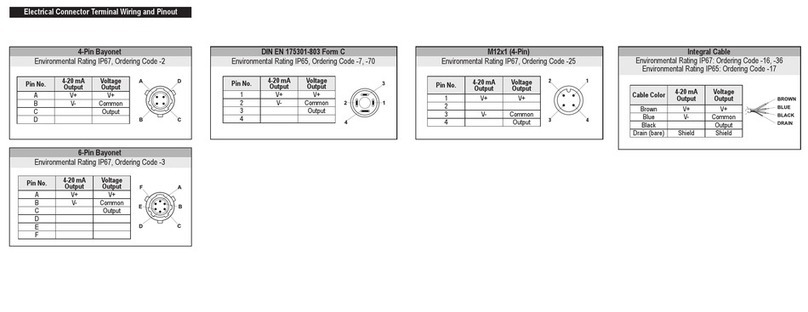
NOSHOK
NOSHOK PT40 Series user manual
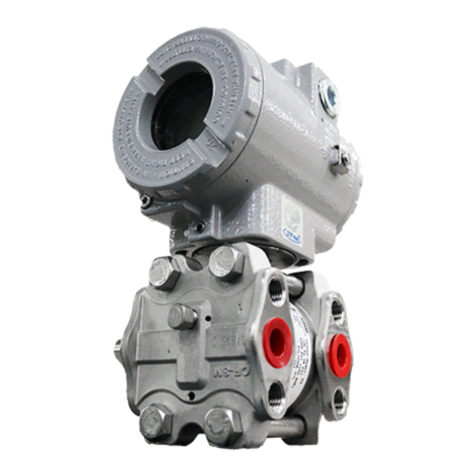
SMAR
SMAR LD303 Operation and maintenance instruction manual
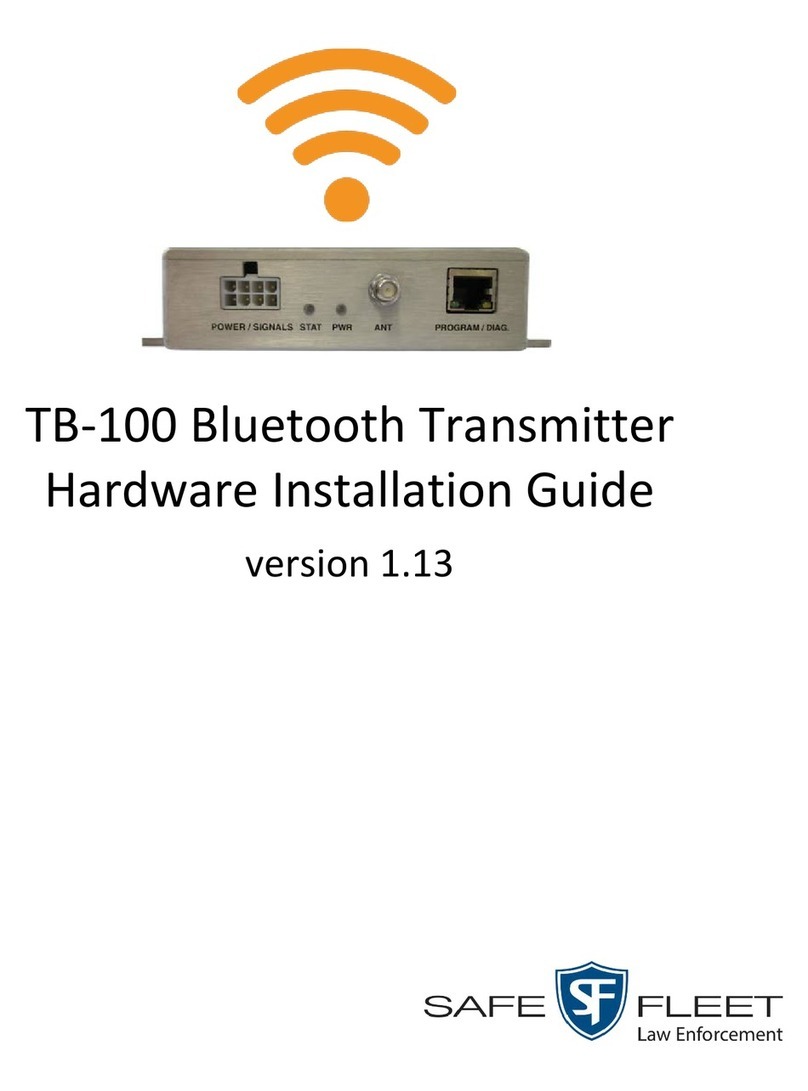
Safe Fleet
Safe Fleet TB-100 Hardware installation guide

Creative
Creative Bluetooth Audio BT-D1 quick guide
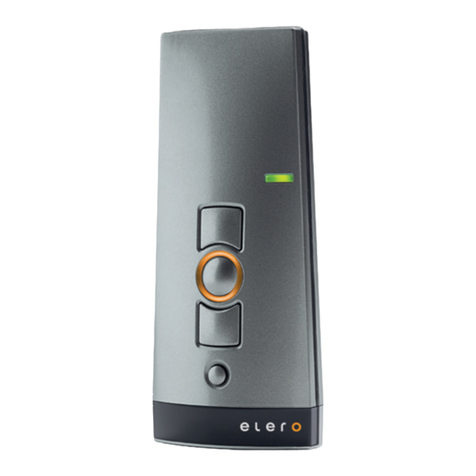
elero
elero LumeroTel 2 operating instructions
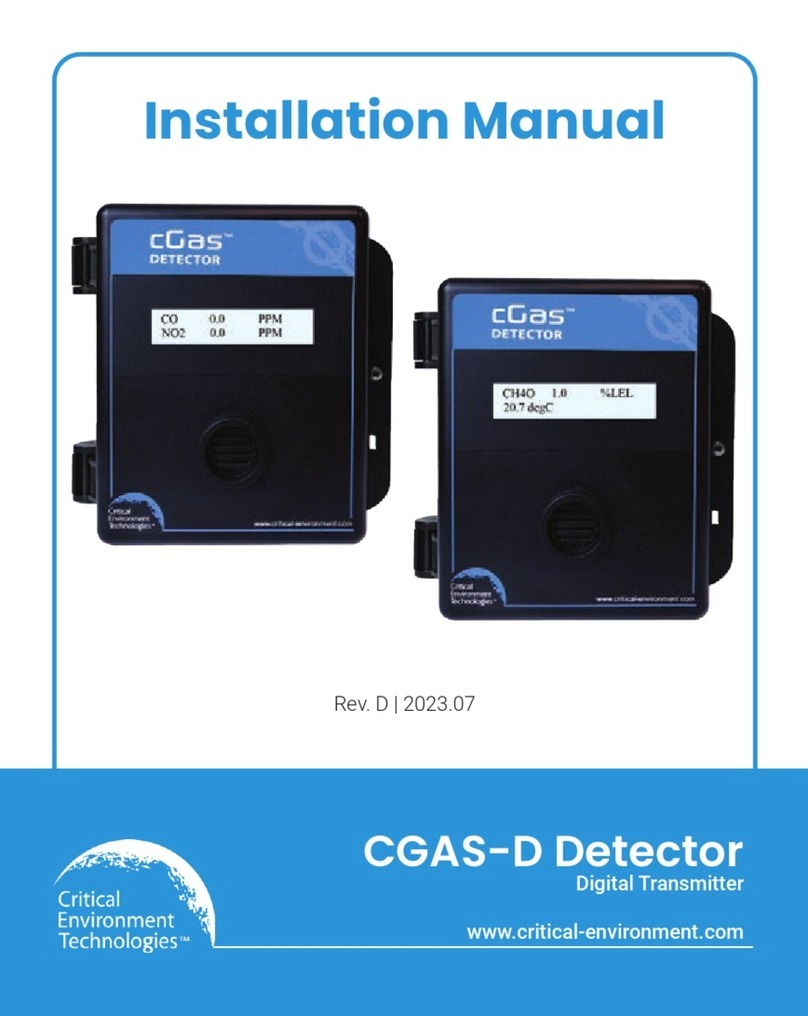
Critical Environment Technologies
Critical Environment Technologies CGAS-D Detector installation manual

nodon
nodon TSB-2-2-01 user guide
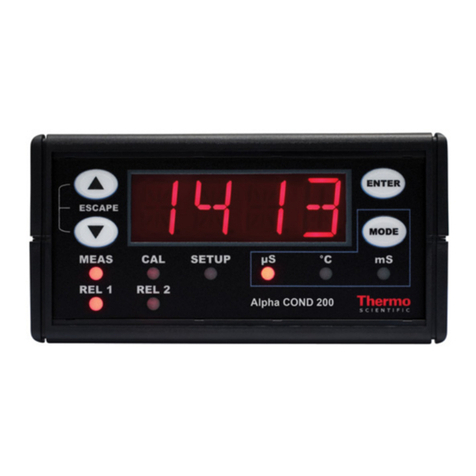
EUTECH INSTRUMENTS
EUTECH INSTRUMENTS ALPHA COND 200 - REV 3 instruction manual
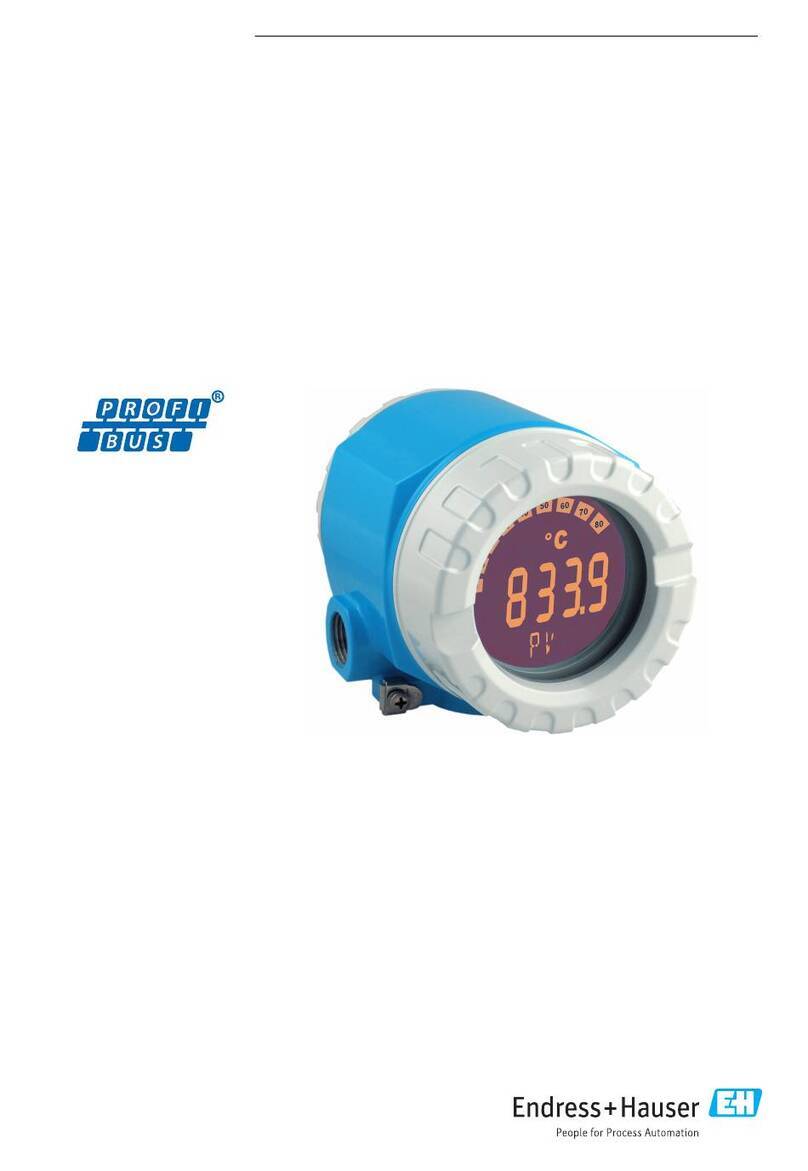
Endress+Hauser
Endress+Hauser iTEMP TMT162 Brief operating instructions
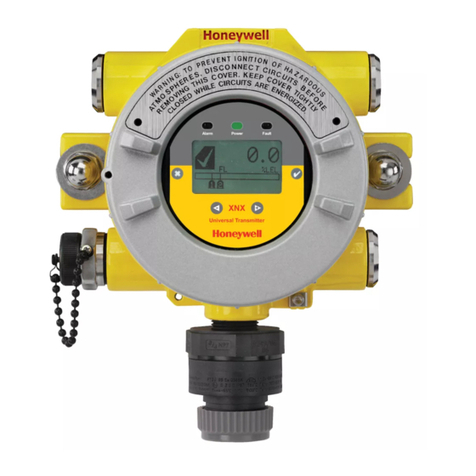
Honeywell
Honeywell XNX Safety manual

Honeywell
Honeywell XNX Technical manual
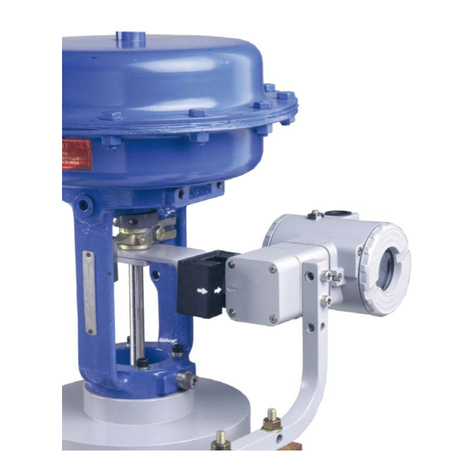
SMAR
SMAR TP303 Operation, maintenance and instructions manual
